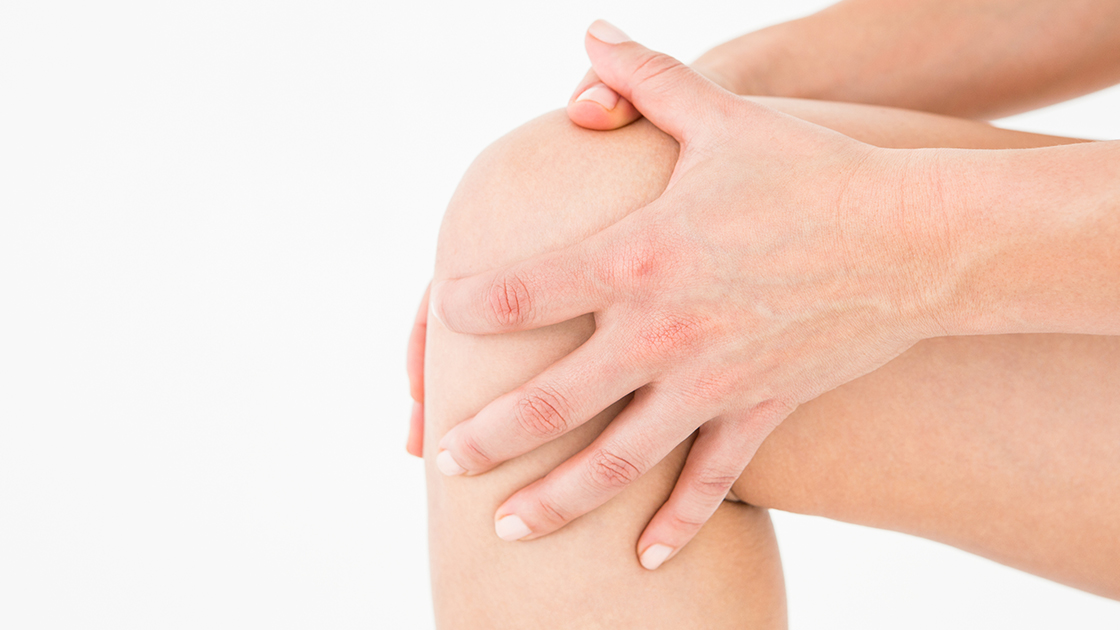Page Contents
Knee pain is a common complaint that can significantly impact daily activities and quality of life. Whether due to arthritis, injury, or overuse, persistent knee discomfort can be challenging to manage. While traditional treatments like medications and physical therapy offer relief for some, others seek more effective and long-lasting solutions. Laser therapy has emerged as a game-changer in knee pain management, offering a non-invasive and targeted approach to restoring mobility and reducing discomfort. In this blog, we’ll explore how laser treatment for knee pain rescues achy knees and transforms discomfort into freedom of movement.
Understanding Knee Pain and Its Impact
Knee pain can stem from various causes, including osteoarthritis, rheumatoid arthritis, meniscus tears, ligament injuries, and overuse injuries. Symptoms may include pain, swelling, stiffness, instability, and difficulty walking or climbing stairs. Chronic knee discomfort can limit mobility, hinder daily activities, and affect overall quality of life.
Enter Laser Therapy
Laser therapy, also known as low-level laser therapy (LLLT) or cold laser therapy, harnesses the power of specific wavelengths of light to penetrate deep into tissues and stimulate cellular activity. This targeted approach promotes tissue repair, reduces inflammation, increases blood flow, and alleviates pain. Laser therapy for knee pain offers a non-invasive and drug-free alternative to traditional treatments, with minimal side effects and quick recovery times.
How Laser Therapy Works for Achy Knees
During a laser therapy session, a handheld device delivers focused laser energy to the affected knee joint. The light energy penetrates the skin and reaches deep into the tissues, where it triggers biochemical changes at the cellular level. These changes include increased production of adenosine triphosphate (ATP), improved cellular metabolism, enhanced collagen synthesis, and reduced inflammatory mediators. As a result, knee pain is reduced, inflammation decreases, and tissue healing is accelerated.
Benefits of Laser Therapy for Achy Knees:
- Pain Relief: Laser therapy targets pain receptors, providing effective pain relief for achy knees without the need for medications.
- Reduced Inflammation: By decreasing inflammation in the knee joint, laser therapy helps alleviate swelling and discomfort.
- Improved Mobility: Laser therapy promotes tissue repair and reduces stiffness, improving knee mobility and range of motion.
- Non-Invasive and Safe: Laser therapy is a non-invasive and safe treatment option, suitable for individuals of all ages and health conditions.
- Minimal Side Effects: Laser therapy has minimal side effects compared to medications or surgical interventions, making it a preferred choice for many knee pain sufferers.
Applications of Laser Therapy in Knee Pain Management
Laser therapy can be used to treat a wide range of knee conditions, including osteoarthritis, rheumatoid arthritis, meniscus injuries, ligament strains, patellar tendonitis, and post-surgical rehabilitation. It can be paired with physical therapy, joint injections, and lifestyle changes for complete knee pain care. Combining these approaches enhances overall management.
Case Studies and Success Stories
Numerous studies and patient testimonials highlight the effectiveness of laser therapy in treating knee pain and improving knee function. Many individuals experience significant pain reduction, improved mobility, and enhanced quality of life after undergoing laser therapy sessions.
Conclusion
Laser treatment for knee pain offers a transformative solution for achy knees, providing effective pain relief, reduced inflammation, improved mobility, and enhanced quality of life. Its non-invasive, low-risk, and precise method makes it a top choice for those wanting long-term knee pain relief. As laser therapy becomes more known and accessible, more people with knee pain can benefit. It helps them regain movement freedom and enjoy life without restrictions.
